Something that has fascinated people for generations is shark teeth.
From that sun kissed old boaty with his open shirt and a shark tooth hanging on his gold necklace, to the impossibly large megalodon teeth fossils in museums.
Known as an apex predator, these marvelous creatures captivate the imaginations of scuba divers to school children, and one of their most unique features is the rows of teeth that these amazing predators possess.
But let’s separate the fact from the fiction and really get into all the truths about the teeth…
How Many Teeth do Sharks Have?
The most asked question is how many teeth do sharks have? Well, this is different for each species, but the safest answer is that the average is between 50 to 300 teeth in their jaws at any one time.
Now imagine that the next time you are standing in front of the mirror brushing your 32 human teeth.
Unlike humans though, these teeth are oragnised into multiple rows,but we will get into the specifics of that later.So that explains how many teeth sharks have on average, but how about over their lifespan.
Well, this number may blow you away.
They Lost a Lot of Teeth
Sharks lose a lot of teeth, that’s why they can be found on the ocean floor and turned into necklaces (not that we condone this as we believe in a “Take only photos, leave only bubbles” philosophy).
But it has been estimated by scientists that some species of sharks will produce over 50,000 teeth in a life cycle.
The Reason Why They Lost a Lot of Teeth
The reason why sharks are loosing their teeth frequently is because their teeth are not attached to the gum.
Read Also: What Sharks Can I See in Komodo Island?
Shark Teeth Types: Depends on Their Diet
Next we are going to delve into what the different types of shark teeth are.
The different types of teeth that a shark possesses are based on what the diet consists of for that shark.
Each shark species has evolved a specialized form of tooth which maximises the efficiency for hunting prey in the environment they have adapted to.
These teeth both reduce effort required to catch prey as well as consume prey, therefore optimisining their calories of energy expired to calories of energy consumption ratio (risk to reward), and helping these species out compete all others and become one of the oldest living species in the world.
If a shark needs to crush it’s prey, the teeth will be flat and dense.
If a shark above all else needs to grip onto a prey that has high strength to get away once engaged, that shark will have needle like teeth longer than other species.
Sharks that prey on fodder that is not only high energy to tackle, but also have thick hides for protection, will have a combination of points to grip on the bottom jaw and, and serrated teeth on the top jaw for slicing.
This is the typical Great White Shark tooth that you may think of, and it makes sense when you think that their prey are things like Seals with thick furs covering their blubber and a lot of energy to get away.
How Many Teeth Sharks Can Have
So now we know a little about the different types of teeth for the different types of sharks, lets go back to how many teeth can a shark have.
The record here goes to the Whale Shark, they have a massive jaw full of 3,000 teeth.
And our previously mentioned famous Great White Shark has about 300 teeth in the mouth at any one time.
Nurse Sharks
Nurse Sharks, do they have teeth?
Yes, Nurse Sharks have teeth.
But first we must determine what type of Nurse Shark we are talking about.
The Grey Nurse Sharks in Australian waters are very different to Tawny Nurse Sharks.
For the Grey Nurse Shark, the teeth are actually one of the most distinctive things that they are know for.
They have teeth that protrude from their jaws even when their mouths are closed, but this leads to an unwarranted appearance of something that is intimidating to humans.They can also hunt immediately at birth as they are born with a set of sharp teeth.
Grey Nurse Sharks fall into the long needle like teeth category, specialized to help them catch slippery fast fish or squid.
Even though it looks menacing, these sharks are actually docile and no threat to divers or swimmers unless provoked.Tawny Nurse Sharks have between 58 and 76 teeth in their jaws at any one time.
As their main diet consists of crustations, sea urchins and cephalopods, they fall into the dense flat tooth category, great for grinding their hard prey.
The tooth can be described as a broad base rising to a sharp tip.
The jaws are powerful as they need the strength to crush hard foods.
Although from time to time they will eat softer fish and sea snakes so these teeth are still sharp and able to devour most things.
Read Also: Species of Sharks You Should Get to Know
Leopard Sharks
Next lets talk about Leopard Shark teeth.
Leopard Sharks are known to have 3 pointed teeth.
These are organized so that there is one long central point, with one to two smaller points extending from each side.
They can have between 75 to 100 teeth in their mouths at any one time.
They are opportunistic bottom feeders and have even been known to eat some prey whole.
Megamouth Sharks
These relative giants of the shark family are filter feeders.
Megamouth Sharks have 75 rows of teeth on the upper jaw, and 50 rows of teeth on the bottom jaw.
But of all of these rows of teeth there are only 3 that are functional.
Basking Shark
A Basking Shark has about 100 teeth per row which are tiny and curved backwards.
Whale Shark
Whale Sharks have 300 rows of teeth in total in their mouths.
So since we have started to talk about the teeth rows for nonfunctional teeth sharks, let’s keep discussing it for the other more functional teeth species.
Let’s answer the question how many rows of teeth sharks have.
So again, this is highly variable between species, but the average is around 5 to 15 rows.Of the other more well-known species, Bull Sharks have around 50 rows, and Great White Sharks have around 7 rows on average.
Why so many rows?
Well sharks lose a lot of teeth, biting into prey where they stay lodged etc, they lose a tooth a week average for most species.
Shark Tooth Identification
Lastly, we are going to talk a little about shark tooth identification.
Shark tooth identification is done formally by scientists using a key.
If you have never seen a key before, it basically looks like a yes/no decision-making tree, that asks a series of questions.Often after drilling down a few layers the key will also have descriptive diagrams.
A few questions you will find in a shark tooth identification key are, does the tooth have serrated edges? Is the tooth sharply curved?
Another identifying factor is size, both in length and width and the proportions and angles of the blade vs the root section.
Is the tooth single cusped or multi cusped, are there any angular notches?
With over 5000 species of sharks in the oceans, identification can be very tricky.
We recommend using an online tool from a trust worthy source such as this great one we found from the Florida Museum.
Well, there you have it, our guide to the facts and fiction behind shark teeth.
Now if you have enjoyed this article, get out there and get scuba diving to see some real shark teeth in a live creature in their natural habitat!

